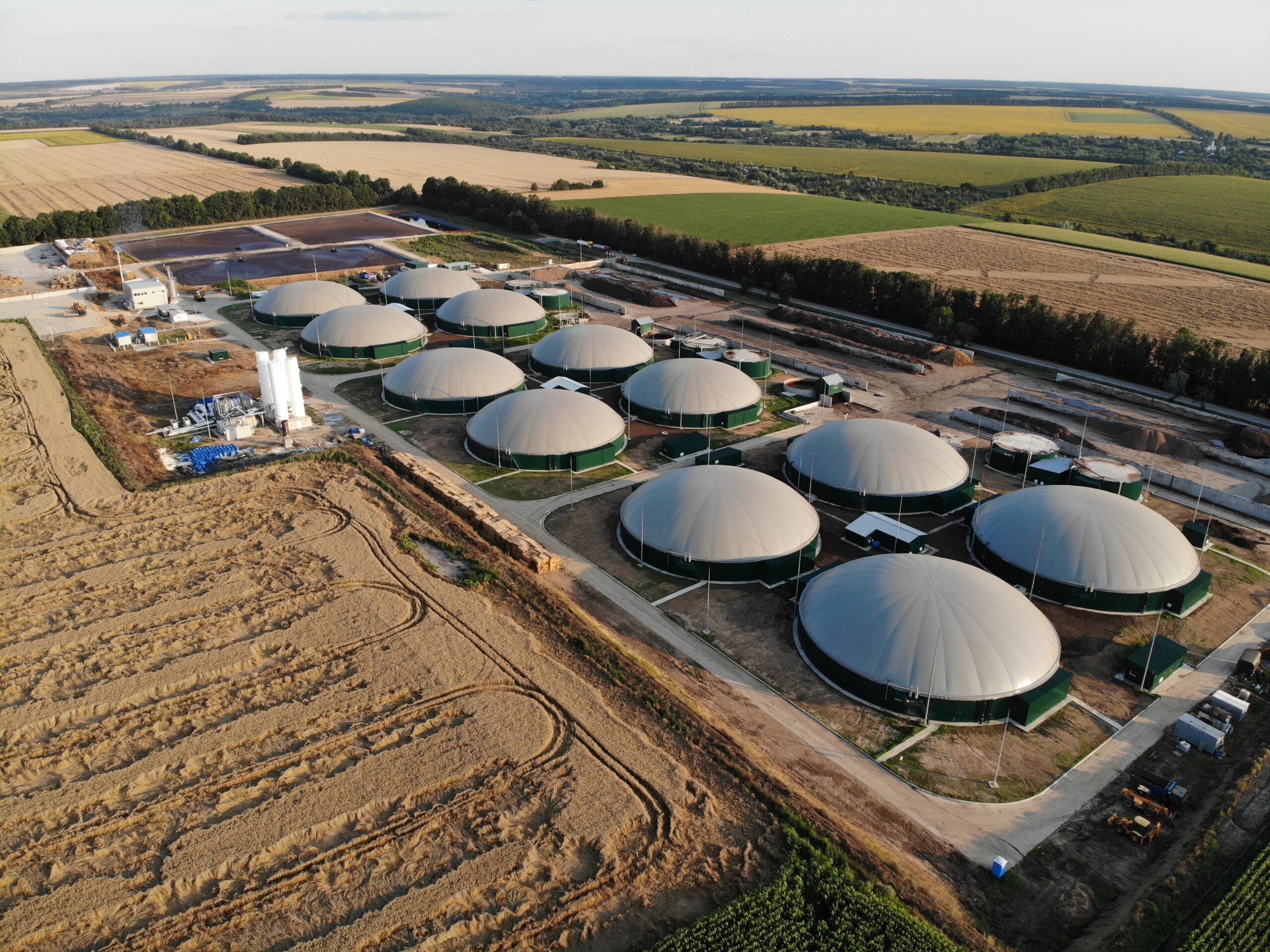
Biogas Monitoring: Dual-Gas Sensor Analysis of CO₂ and Methane
Biogas Monitoring: Dual-Gas Sensor Analysis of CO₂ and Methane
Biogas has become an increasingly important renewable energy solution, tackling both global energy demands and environmental concerns. Generated from organic waste through anaerobic digestion, landfill gas recovery, and composting, biogas offers a sustainable alternative to fossil fuels while promoting more effective waste management. However, the success and safety of biogas systems rely heavily on the careful monitoring of two primary constituents: methane (CH₄) and carbon dioxide (CO₂).
Methane serves as the principal energy source in biogas, making its accurate measurement essential for maximizing energy efficiency. In contrast, CO₂—though naturally occurring in the production process—lowers the energy density of biogas and complicates purification. Insufficient monitoring of these gases can lead to inefficiencies, increased operational costs, safety issues, and challenges in meeting regulatory standards.
This is particularly important in contexts such as landfill gas recovery, where unregulated methane emissions contribute to greenhouse gas accumulation, and in composting operations, where effective gas measurement ensures safety and reduces unintended methane generation.
In these applications, dual-gas infrared sensors offer a reliable solution for real-time monitoring, empowering operators to streamline processes, boost safety, and comply with environmental standards. With accurate, simultaneous measurement of methane and CO₂, these sensors play a crucial role in enhancing efficiency and advancing sustainability in biogas production—making them an essential component of modern energy and waste management strategies.
| Our state-of-the-art dual-gas sensors leverage nondispersive infrared (NDIR) technology to provide accurate, real-time detection of methane (CH₄) and carbon dioxide (CO₂) levels. |
 |
Key advantages include:
- Simultaneous Gas Measurement: Monitor CH₄ and CO₂ concentrations with a single, compact sensor—simplifying deployment and maintenance procedures.
- Extended Detection Range: Measure methane and carbon dioxide concentrations from 0 to 100% by volume, supporting a broad spectrum of biogas applications.
- Exceptional Resolution: Benefit from high-resolution detection with 0.01% for 0–5% methane and 0.1% for 5–100%, ensuring precise and reliable readings.
- Energy-Efficient Design: Optimized for low power usage, making it well-suited for mobile, battery-operated systems.
- Industrial Durability: Built to endure demanding environments, the sensors feature EMC protection and are certified for use in mining and industrial applications.
- Customizable Configuration: Tailor sensor settings and update firmware using the USB-powered Premier Configuration Unit, offering flexibility for specific operational needs.
